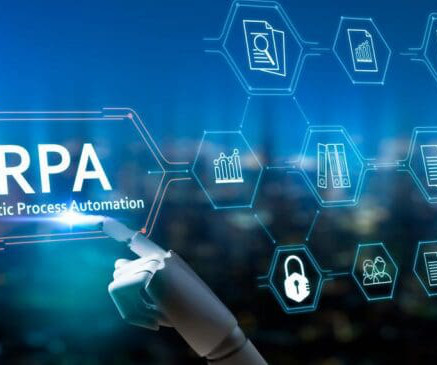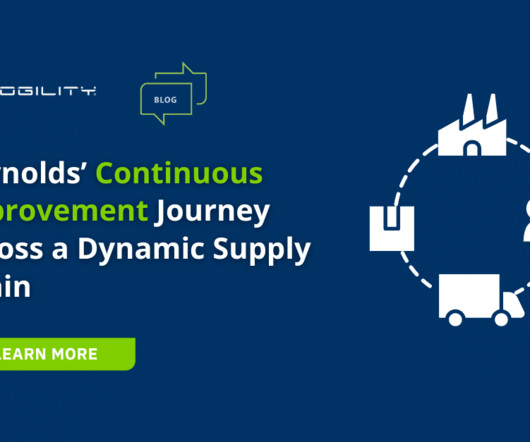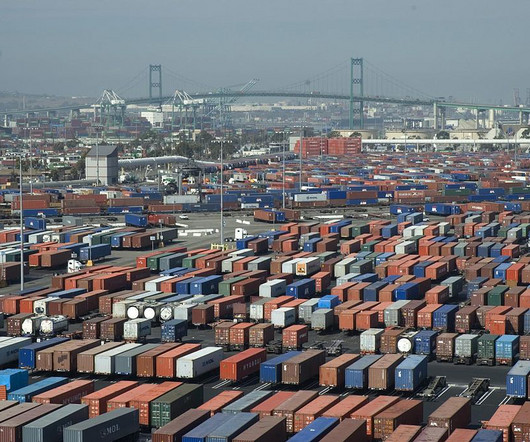Red Sea Crisis and Early Peak Season Surge Disrupt Global Supply Chains for some SMBs
Freightos
JULY 24, 2024
Blog " * " indicates required fields Email * Comments This field is for validation purposes and should be left unchanged. More Resources Home Red Sea Crisis and Early Peak Season Surge Disrupt Global Supply Chains for some SMBs Judah Levine July 24, 2024 Since early May, supply chains have faced significant disruptions due to congestion caused by Red Sea diversions and an early start to ocean freight’s peak season.














































Let's personalize your content